Renault is actively embedding circular economy principles into its industrial packaging strategy, aiming to reduce waste, optimise logistics and extend the lifespan of packaging assets across its global operations.
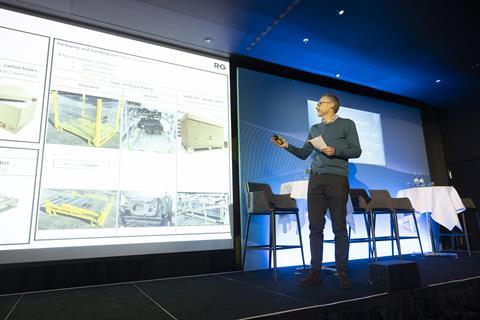
As part of its sustainable procurement policy, Renault has committed to a global framework agreement on social and environmental responsibility, covering the scope of packaging and the circular economy.
The carmaker aims to cut the carbon emissions of its supply chain by 30% between now and 2030, compared with 2019. One of the ways it aims to achieve this is through reducing logistics mileages by optimising the fill rate of lorries and packaging using digital tools, and by bringing suppliers closer to its plants by improving industrial processes.
Olivier Cotillard, packaging circular economy expert at Renault Group explained the circular economy packaging approach recently at Automotive Logistics & Supply Chain Europe 2025.
Cotillard explained that packaging is a high-value asset that can be retained through circularity, stressing that reuse, repair and retrofit should be prioritised before resorting to recycling.
“The circular economy is not just about recycling. Recycling consumes a lot of energy and cannot be done infinitely, especially with plastic or carboard,” Cotillard said. “The circular economy is about retaining the value of a product.”
Renault’s packaging process and return flows
Renault has both standard and specific packaging for its inbound parts deliveries to plant.
For both small and large parts, the OEM generally uses returnable, foldable plastic boxes on plastic pallets. If standard packaging is not suitable, the carmaker will develop specific boxes, and for long-distance and overseas shipping cardboard and wooden pallets are used.
“Packaging is the number one lever for transport performance” - Olivier Cotillard, Renault Group
Accessories such as textile pockets and dividers can be placed inside the boxes if protection is needed against shock, dust, humidity, corrosion, and electrostatic discharge (ESD) which can cause damage to electronic parts.
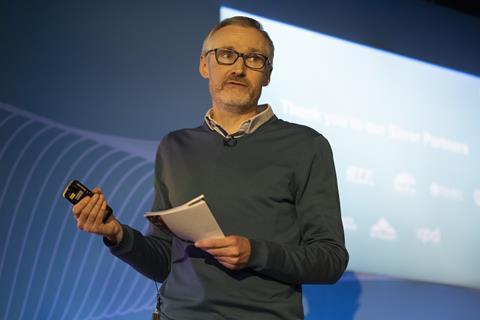
The process of returning Renault’s empty packaging focuses on whether the packaging is designed for specific parts or whether it is standard packaging.
“For packaging that is specific to one part, we can only send the empty packs back to that supplier,” Cotillard explained. “For the standard packaging, we try to send them to the nearest supplier that needs it, rather than back to the original supplier.”
As well as significantly reducing the return distance of packaging and thereby cutting CO2 emissions – by up to 18,000 tonnes per year – it also means less dwell time of packaging sleeping in trucks, meaning less packaging is needed in the overall pool.
While inbound flows to assembly plants can be highly optimised with returnable transport packaging, aftermarket service parts are a greater challenge as these rely heavily on disposable, single-use packaging. However, Packaging and Packaging Waste Regulation (PPWR) and Extended Producer Responsibility (EPR) regulations could have a greater impact on the aftermarket segment as compliance pressures could force a shift to more circular solutions. Measures from the PPWR, which entered into force in February this year, will start applying from 12 August 2026.
Read more: Germany’s Packaging Act is forcing OEMs to prioritise recyclability
Packaging as an infrastructure foundation
Packaging should be considered core supply chain infrastructure rather than an afterthought, according to Cotillard.
“Packaging is the number one lever for transport performance,” he said. “Packaging density can reduce the quantity of packs and the quantity of trucks.”
The standardisation and modularity of packaging allows for better transport optimisation, more efficient pooling, and longer asset use.
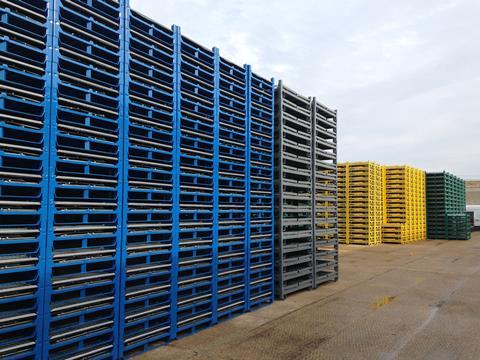
However, there is a balance to strike, as too much customisation or lightweighting engineering can compromise these efficiencies.
“Foldability is key,” according to Cotillard, who said eco-design in packaging goes hand in hand with the standardisation of packaging.
“Standardisation of packaging is very important to favour reuse or retrofit,” he said. “If you want to have more opportunities to find the second life of packaging, use standard dimensions as much as possible.”
While it’s optimal to reduce single-use plastic, there is sometimes not an economically viable alternative solution. In this case, lightweighting can help. “If you really need plastic, you can try to reduce the thickness and the quantity of the material,” Cotillard said.
While lightweighting can have its advantages, it can increase the variety of standard containers in circulation, which can negatively affect reverse logistics and return pool efficiency by making it harder to optimise return routes and container reuse.
Renault’s circular approach to packaging in figures:
- Renault has around 5 million returnable standard packs in Europe, Turkey and Morroco, between 20 plants and 1,000’s of suppliers
- More than 95% of the cubic metres of returnable parts delivered to Renault plants worldwide are in returnable packaging
- Worldwide, around 90% of packaging waste generated in Renault plants is recycled
- Without returnable packaging, the tonnage of packaging waste generated in Renault plants would be 10-20x greater
How Renault is repairing and retrofitting packaging
Instead of disposing packaging when it is broken or no longer usable, Renault has implemented a structured repair process, banning disposing of packaging at its plants.
Metal containers are repaired using hydraulic jacks to straighten damaged frames. Meanwhile, foldable plastic boxes and pallets are repaired through plastic welding, saving 30 tonnes of plastic in France in one year.
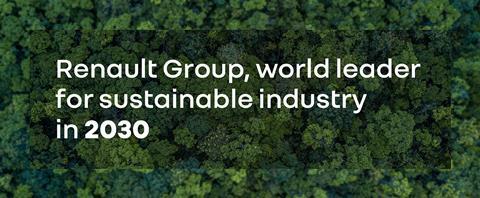
Renault retrofits and modifies older packaging to fit new components, especially metal packaging, helping to avoid scrapping high-embodied-energy assets (meaning materials and components that require a significant amount of energy to manufacture and install, leading to high carbon emissions throughout their lifecycle). This is cost-effective but more complex and time intensive.
Cotillard said: “When you put so much value into specific metal packaging, including energy, raw materials and workforce, why just get a small amount of money scrapping the metal and spend money buying brand new packaging, when you can try to save money and transform or modify the packaging?”
How technology can help improve packaging return flows
Cotillard said that Renault is investigating different technological tools and tracking systems that can help optimise flows, including RFID, BLE, LPWAN and GPS. He said that the OEM did not find a one-size-fits-all solution with a clear return on investment to deploy at a large scale, but that trials are still continuing.
However, the real challenge is not data collection, but deriving actionable value from it.
“Technology is just an enabler, it will not solve your problems by itself,” he said. “The real added value is in how you deal with the millions of points of data you collect and what kinds of processes you put in place to react to that data.”
Millions of data points can be overwhelming unless systems can generate alerts, prioritise interventions and optimise flows. Seeing containers that are “lost” on a map isn’t sufficient justification for high-cost recovery if the value of the containers is low, so more than just visibility of the location of the containers is needed.
The focus is on how technology can be used to improve decisions, rather than just collecting data.
Renault’s strategy ensures its supply chain is not only prepared for forthcoming regulatory requirements under the PPWR but is also positioned to reduce emissions and logistics costs while making packaging a durable, value-retaining asset within the supply chain.
At this year’s Automotive Logistics & Supply Chain Europe event, which took place from 18-20 March 2025 at the Kameha Grand Bonn in Germany, we launched our new packaging focus. We explored how innovative packaging solutions and container management strategies are becoming the next competitive advantage in the automotive supply chain, unlocking cost savings, boosting efficiency, and driving sustainability through optimised material flows and cutting-edge designs, with input from experts at CHEP, Tri-Wall Circular, GALIA and ODETTE
Topics
- ALSC Europe 2025
- Analysis
- Companies
- Editor's pick
- Europe
- features
- Home Page
- Inbound Logistics
- Logistics IT
- OEMs
- Packaging
- Policy and regulation
- Renault
- Supplier Coordination
- Suppliers
- Supply Chain Optimisation
- Supply Chain Planning
- Supply Chain Purchasing
- Sustainability
- Sustainability & Waste Reduction
- Sustainability Initiatives
- Sustainable Packaging & Recycling
- Technology & Automation
- Track-and-trace
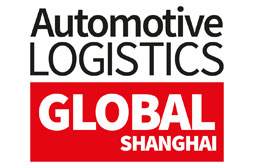
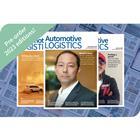


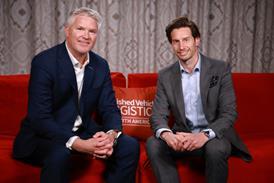

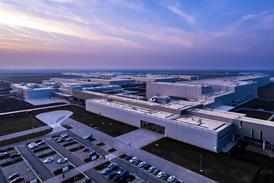
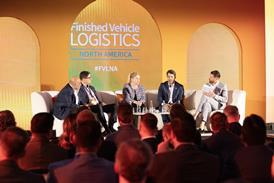

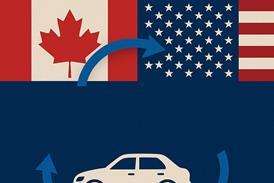


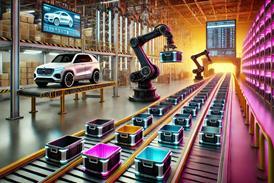
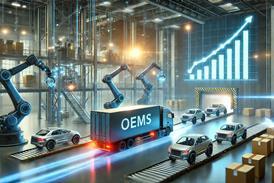
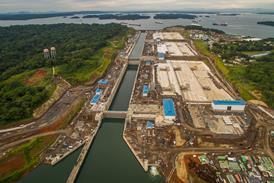
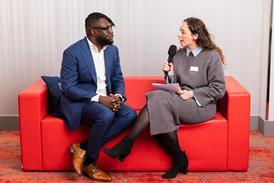
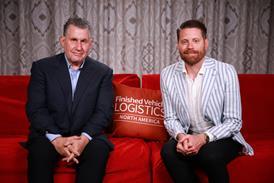
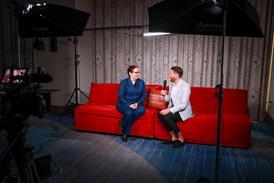

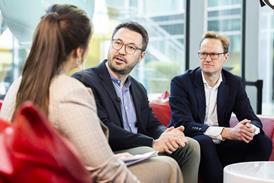
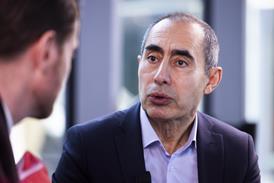

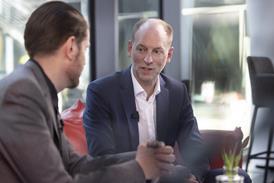
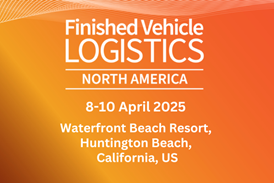
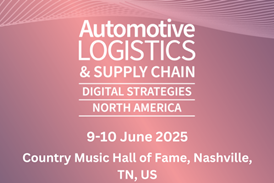
![Global[1]](https://d3n5uof8vony13.cloudfront.net/Pictures/web/a/d/s/global1_726550.svgz)
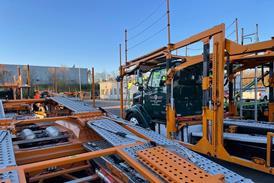
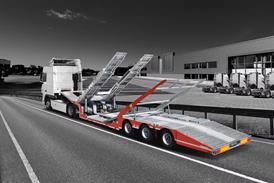
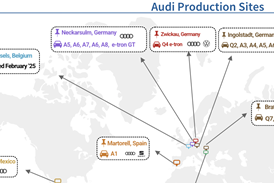


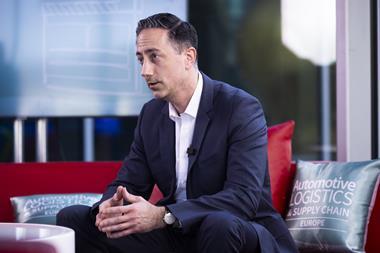
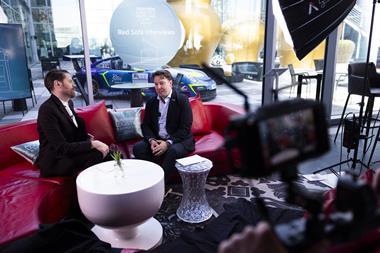
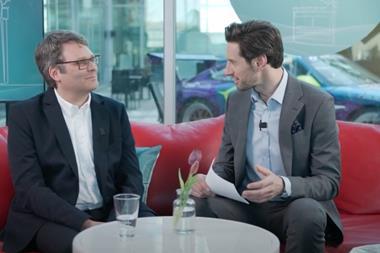

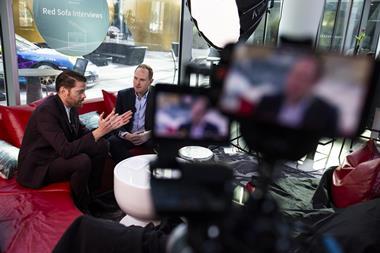
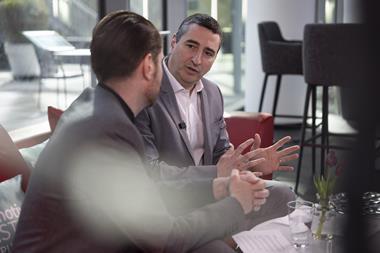



No comments yet